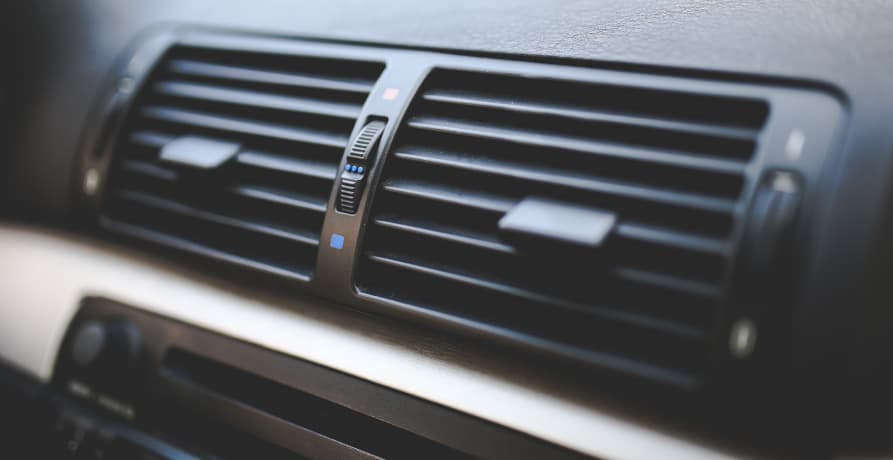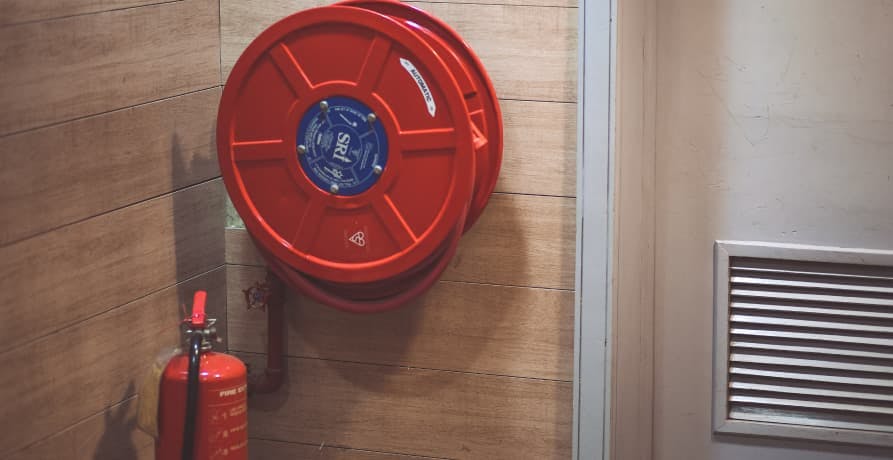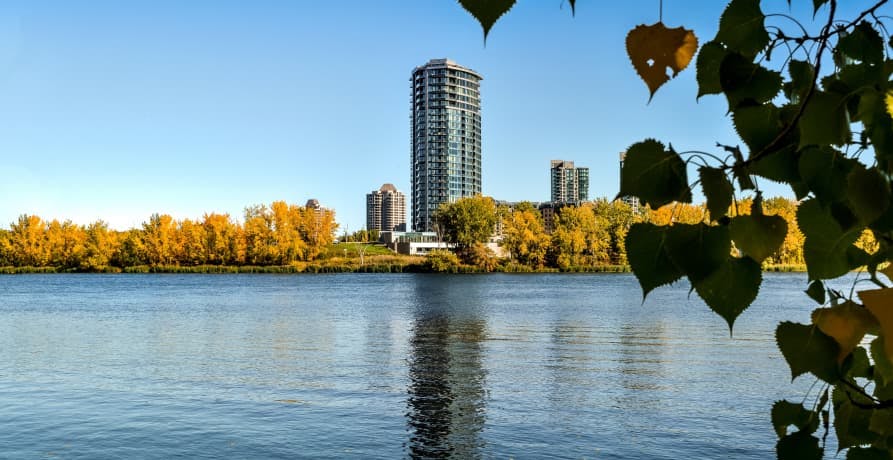ESG / CSR
Industries
What are Hydrofluorocarbons and Why do they Matter?



Hydrofluorocarbons (HFCs) are a group of synthetic chemicals that are best known for their use in cooling and refrigeration. Originally developed to replace ozone depleting substances and aid in the repair of the Earth’s ozone layer, hydrocarbons have since come under fire for their harmful effect on the environment. As a potent greenhouse gas (GHG) - their warming effects can be thousands of times of that of carbon dioxide.
👉 This article aims to provide an in-depth understanding of HFCs, including their uses, environmental concerns, and the importance of transitioning to alternatives.
First up, what are hydrofluorocarbons?
Hydrofluorocarbons (HFCs) are a class of synthetic compounds made up of hydrogen, fluorine, and carbon atoms. They were originally introduced in the 1990s as a replacement for chlorofluorocarbons (CFCs) and hydrochlorofluorocarbons (HCFCs), which were found to be ozone depleting substances, and are subsequently being phased out under the Montreal Protocol on Substances that Deplete the Ozone Layer.
Unlike most greenhouse gasses, hydrofluorocarbons are not by-products but are intentionally made chemicals.They’re manufactured for use in a number of different products and household items, but are most commonly known for their use as refrigerants.
With their use as a replacement for ozone depleting substances, and our continued reliance on cooling appliances such as air conditioning units, the use of hydrofluorocarbons has grown rapidly over the last few decades - in fact, they’re now one of the fastest growing sources of GHG emissions globally!
👉 Did you know? The use of air conditioning units in buildings is predicted to grow to 5.6 billion by 2050. This equates to 10 new units being sold every second over the next 30 years!
This is becoming a growing problem, and one that we urgently need to address if we’re going to prevent hydrofluorocarbons from becoming a significant contributor to global warming.
What are hydrofluorocarbons used for?
You might be wondering if any of your household products use hydrofluorocarbons? Well the answer is - probably! Let’s dive into a bit more detail on what hydrofluorocarbons are actually used for.
Hydrofluorocarbons only started to be manufactured for use in products in the early 1990s, so they won’t be found in any kind of appliance made before then. Nowadays however, hydrofluorocarbons are used extensively in various industrial, commercial, and household applications, including:
Refrigeration and Air Conditioning
Hydrofluorocarbons are used in a wide variety of cooling systems, including refrigerators, freezers, and automotive air-conditioning units. This is because they provide effective cooling and are considered safer for the ozone layer compared to older alternatives.

Foam Blowing Agent
Hydrofluorocarbons are utilized as blowing agents in the production of polyurethane foams, which are used in insulation, packaging, firefighting agents, and various construction materials.

Aerosols
Hydrofluorocarbons are employed in aerosol propellants, allowing for the dispersal of a wide range of consumer products such as deodorants, hair sprays, and cleaning agents.

Solvents
Hydrofluorocarbons are also used as solvents in a number cleaning products for plastics and metals.
Why are hydrofluorocarbons so bad for the environment?
We’ve already touched on how hydrofluorocarbons are powerful greenhouse gasses, but just how bad for the environment are they?
Hydrofluorocarbons are harmful for a number of reasons, the first being that even though they currently only account for a small percentage of 1% of total greenhouse gasses in the Earth’s atmosphere, their impact is disproportionately higher.
Even more concerning is the fact that emissions of hydrofluorocarbons are growing at a rate of 10 to 15% per year! And since they remain in the atmosphere for up to 29 years, the effect is cumulative.
Since hydrofluorocarbons are primarily contained within equipment, most greenhouse gasses are the result of wear and tear, faulty maintenance, or leakage at the end of the product's lifecycle.
What is being done to phase out the use of hydrofluorocarbons?
Given the danger that hydrofluorocarbons represent to the environment and their potential for accelerating climate change, what is being done to reduce their usage and prevent their harmful greenhouse gas emissions?
Thankfully the international community and governments around the world have recognised the need to eliminate our reliance on hydrofluorocarbons, and various international and national agreements have been established to regulate and phase out their use. The key initiatives include:
The Montreal Protocol
The Montreal Protocol on Substances that Deplete the Ozone Layer was a landmark agreement aimed at regulating the production and usage of 100 synthetic chemicals, otherwise referred to as ozone depleting substances (ODS). The Montreal Protocol phases out the use of these chemicals according to an agreed upon timetable.
The treaty has evolved over time in line with scientific and technical developments and has been adjusted to accommodate these. One such example is the amendment to include the gradual phase out of hydrofluorocarbons.
Known as the Kigali Amendment, the amendment which came into effect in 2019 commits signatories to a gradual phasing out of hydrofluorocarbons, with separate targets included for developing countries.
The first group, which is made up of so-called ‘old industrialized countries’, requires a reduction of 45% of hydrofluorocarbons by 2024, and 85% by 2036 (vs their levels of use in 2011 and 2013 respectively).
The second group, which contains large industrialized countries such as China and Brazil, is required to reduce their consumption by 80% by 2045. And for countries not included in either group, the deadline is 2047.

Regional and National Regulations
Several countries and regions, including the European Union, the United States, and Japan, have implemented their own regulations to control and reduce the use of HFCs. These regulations often include bans or restrictions on specific HFC types that are particularly damaging for the environment.
Hydrofluorocarbon alternatives
While it’s great news that harmful hydrofluorocarbons are being phased out of use, since they play a crucial role in many appliances and products the question remains - what will we replace them with?
Transitioning away from hydrofluorocarbons means finding suitable alternatives which are less harmful to the environment - while still avoiding any damage to the ozone layer. And the good news is that there are some viable alternatives.
Hydrofluoroolefins (HFOs), natural refrigerants such as carbon dioxide (CO2) and ammonia (NH3), and hydrocarbons are some of the alternatives being explored. The chemical industry has also been exploring the viability of new alternatives.
Looking ahead
Hydrofluorocarbons (HFCs) have played a crucial role in repairing the Earth’s ozone layer by replacing ozone-depleting substances. However, given their powerful greenhouse gas effect and their contribution to climate change, it’s become imperative to transition to more environmentally friendly alternatives. Through international agreements, regional regulations, and ongoing research, efforts are being made to phase out hydrofluorocarbons and adopt sustainable solutions.
As the world continues to address the environmental challenges of hydrofluorocarbons, it is crucial to raise awareness, promote scientific research, and support the development of innovative technologies that can help to create environmentally friendly alternatives.
What about Greenly?
At Greenly we can help you to assess your company’s carbon footprint, and then give you the tools you need to cut down on emissions. Why not request a free demo with one of our experts - no obligation or commitment required.
If you’d like to learn more about a specific industry, Greenly can help by providing an in-depth industry study, created by our climate scientists.



